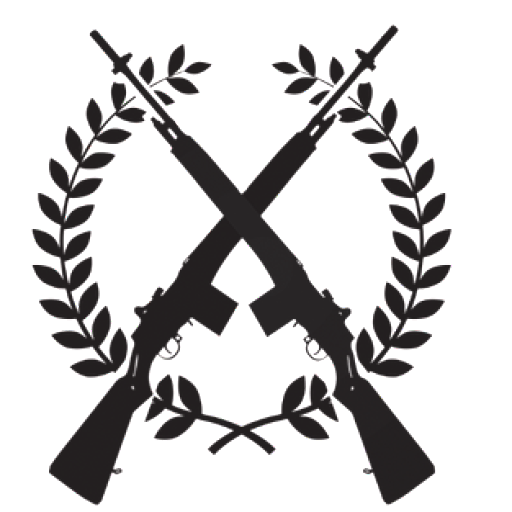After Action Report
Took a 2-day Tactical Combat Casualty Care TCCC class from Covered 6. It was long overdue for me and very well spent.
Too often those of us in the tactical training world fixate on our own lane and neglect to expand our horizons a bit. My experience and knowledge in the emergency medical care provider world has been limited to the check-the-box CPR and First Aid training. I never even got an AED class. However, I have long recognized the need for advanced training in emergency first aid skills especially in the occasionally kinetic environment of my former life. But you can only get so much value from “self-education”. Even in the “civilized” environment of the USA with the usual availability of advanced emergency medical services, there is still a critically short length of time where layman’s level knowledge and skills could save a life. Accidents at work, highway, and the home all have the potential to cause a life-threatening injury that could be easily treated if you know how. Timing is everything. Even so, the human body can lose a critical, and unrecoverable, amount of blood in as little as 3 minutes…but if you know what to do, you can save that life.
Environment-Scope
TCCC is focused upon saving lives under battlefield conditions. The scope of practice of a combat medic or corpsman is vastly larger than a civilian EMT or paramedic. When was the last time you heard of a local EMT or paramedic being authorized, and expected, to perform a cricothyrotomy…in the field…in 90 seconds? Nonetheless, some other life-saving techniques that “may” be performed, depending upon who you work for or your level of comfort in exercising your Good Samaritan limits, were less invasive. Your mileage may vary.
A realistic emergent scenario that everyone may likely encounter is simply a significant laceration or puncture wound that severs an artery. A traffic collision, falling off the roof of your house with the resultant open fracture and bleeding femoral artery, a sharp tool injury at home, school, work, etc. are all reasonable environments for an injury of this nature. The time clock starts immediately. Depending upon the severity of that wound, the body may lose half of its volume of blood in 3 minutes or less. Catastrophic system failures start to happen fast and there is no reset button. Having the knowledge and a modicum of training to apply an effective tourniquet may stop the leaking and save that person. You don’t have to be a police officer, warfighter, or medic to have the proper training and equipment to do this! The body doesn’t care how it got injured or who/how it’s getting treated. Just stop the leaking and maintain the airway! The whole point is to stave off the preventable things that you can while you are stabilizing the casualty in anticipation of med-evac to a higher level of care. You’re not doing emergency surgery…you’re just making sure your patient gets the chance to have that surgery in the first place.
Equipment
All of the training equipment and supplies, except of course the narcotics and antibiotics, for the class is obtainable through normal channels from emergency medical equipment providers. Individual First Aid Kits-IFAKs- are for YOU and your self-treatment. Enhanced aid bags and team kits are available to treat other casualties. How much you choose to build into your aid kit will be your personal choice as an individual, or will be limited by your employer’s policies. The bottom line is that live-saving gear is accessible to us mere mortals; we only have to step up and get the training to support the gear.
Lecture/Practical Application
The first day was spent entirely upon lecture involving the history of the development of TCCC and the present-day, continued enhancement of techniques and protocols. Also covered were presentations on various the techniques such as triage, stopping blood loss, maintaining airways, treating penetrating chest wounds, treating shock, pain control, infection control, transporting casualties off the point of wounding, documentation of the patient’s injuries and treatment, etc.
Day two involved working in four-man teams in medical rescue scenarios. All of these were conducted under simulated live-fire conditions with theatre smoke, audio distractions, multiple casualties, and general confusions. To ratchet up the stress level even further, in the afternoon we moved to a live-fire tactical range and performed another rescue scenario while our “contact” team of shooters was defending our casualties with live fire. The shooters were part of the training staff and were firing upon silhouette targets while the rescue team extracted two casualties from the front seat of the vehicle. Both casualties were treated under fire with tourniquets and then moved to a Casualty Collection Point for follow up Field Care involving chest seals and pressure bandages.
I’ve always put myself very mentally into training scenarios and ALWAYS find myself emotionally invested virtually instantly. This was a new level of buy-in for me. Now, someone else’s life was directly dependent (in my mind) upon my actions to keep the Reaper from collecting them.
Conclusion
I thought that I had an appreciation about the role combat medics perform until I attended this class. The life-saving knowledge and skills that they provide to their teammates cannot be overstated.
This skill set is a must-have. When seconds count, both the police AND the medics are only minutes away… Step your game up and get some TCCC!
Cost of the 2-day course, $395. Being able to receive instruction from Chris Valenzuela and Patrick Chapman, both combat vets with multiple tours downrange, from Covered 6 was truly an invaluable honor. It’s good to have them back.
